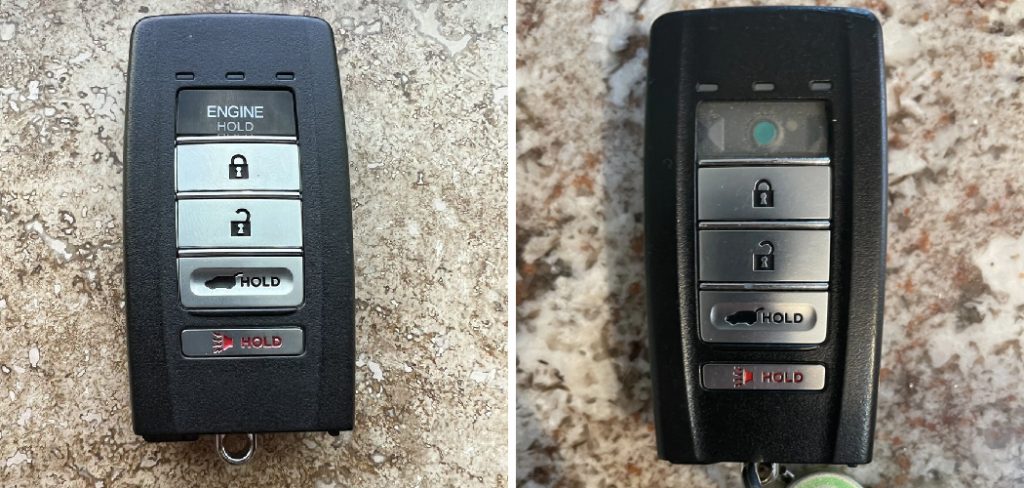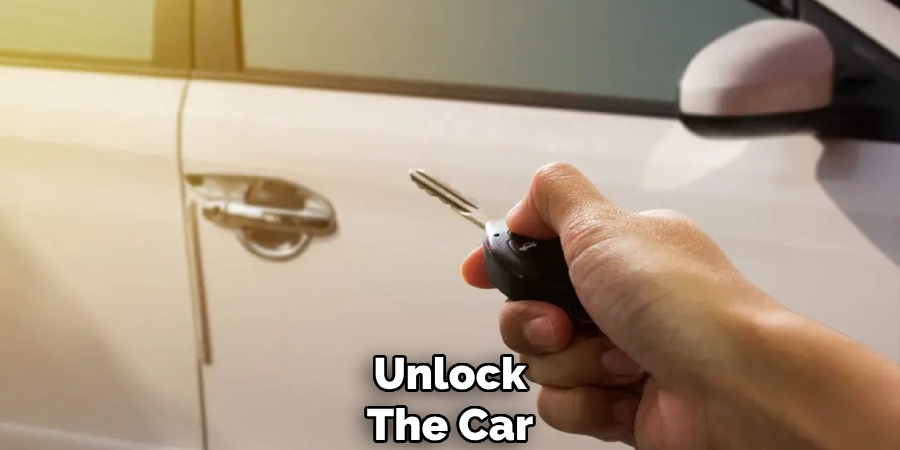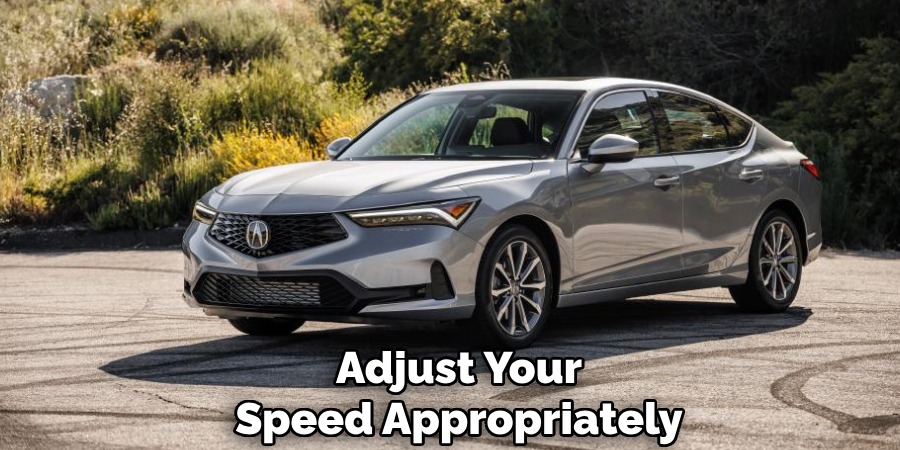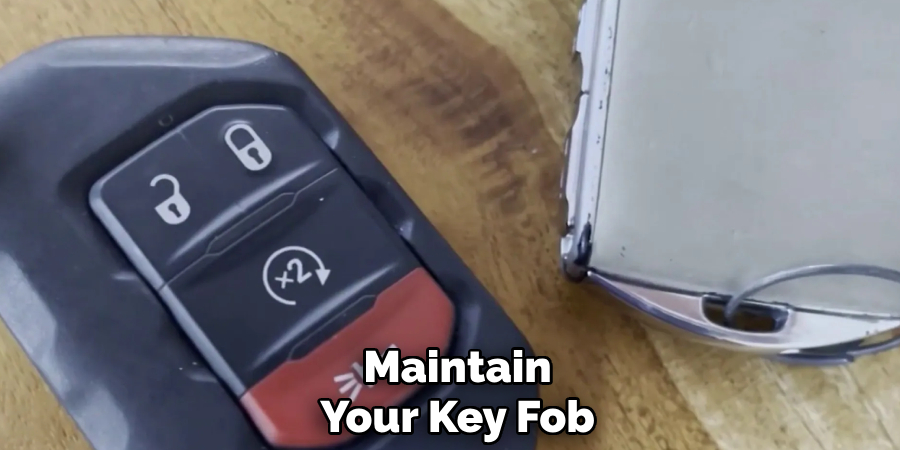Are you tired of manually unlocking and locking your Acura car doors? Are you looking for a way to simplify this process? Look no further than your Acura key fob. This small, handheld device is designed to make accessing and securing your car more convenient.

The Acura key fob is a versatile and convenient device that enhances your driving experience by providing easy access to various vehicle functions. With the key fob, you can lock and unlock doors, open the trunk, and even start your car remotely, making your daily routine more seamless. Understanding how to use Acura key fob ensures you can take full advantage of its features while maintaining security and efficiency.
In this guide, we’ll walk you through the basic functions and advanced features of your Acura key fob, so you can get the most out of this essential accessory.
What Are the Benefits of Using an Acura Key Fob?
Acura key fobs offer numerous benefits, making them a must-have for any Acura car owner. Here are some reasons why you should consider using one:
- Convenience: With the Acura key fob, you can easily lock and unlock your car doors without manually inserting the key into the door handle. This saves time and effort, especially when your hands are full.
- Security: The key fob is encrypted with a unique code that communicates with your car’s security system, ensuring only authorized access to your vehicle. This minimizes the risk of theft or break-ins.
- Remote Start: Some Acura models have a remote engine start feature, allowing you to start your car from a distance. This is especially useful during colder months when you want to warm up your car before getting in.
- Personalization: Acura key fobs can be programmed to remember your preferred seat and mirror positions, making it easier for multiple drivers to share the same car.
What Will You Need?
Before using your Acura key fob, make sure you have the following items:
- Acura Key Fob: This comes with your Acura car purchase and has a unique serial number.
- Key Fob Battery: The key fob uses a small battery that needs to be replaced every few years.
- Ignition Key: In case of a dead battery or malfunctioning key fob, you can use the physical ignition key to unlock and start your car manually.
Once you have these items ready, you can begin using your Acura key fob.
9 Easy Steps on How to Use Acura Key Fob
Step 1. Unlock the Car:
To unlock your Acura, press the unlock button on your key fob. An open lock icon typically indicates this button. When pressed, the car’s exterior lights may briefly flash, and you may hear a clicking sound confirming the car doors are now unlocked.

If your vehicle is equipped with proximity sensors, simply having the key fob in your pocket or bag may unlock the car automatically as you approach and touch the door handle. This feature provides added convenience when your hands are full or in a hurry. Always confirm the doors have been adequately unlocked before attempting to enter.
Step 2. Start the Car:
To start your Acura, press the brake pedal firmly with your foot while ensuring the key fob is inside the vehicle. Then, press the engine start/stop button, which is usually located near the steering column or dashboard. If the car starts successfully, you’ll hear the engine turn on, and the dashboard indicators will illuminate.
For vehicles with remote start functionality, press and hold the corresponding button on the key fob to start the engine from a distance—a helpful feature in extreme weather conditions. Make sure to follow safety precautions when using this feature.
Step 3. Adjust Your Settings:
Once the engine is running, take a moment to adjust your seating position, mirrors, and steering wheel for optimal comfort and visibility. Use the powered adjustment controls, if available, to position the seat and align the mirrors to reduce blind spots.
Ensure the steering wheel is at a comfortable height and distance, allowing a slight bend in your elbows while holding it. Additionally, configure the climate control settings, audio system, and navigation preferences according to your needs before driving to avoid distractions on the road.
Step 4. Fasten Your Seatbelt:
Before you begin driving, ensure that you and all passengers in the vehicle are properly secured with seatbelts. Pull the seatbelt across your body and insert the latch plate into the buckle until you hear a click.
Adjust the belt so it rests snugly across your chest and lap, avoiding any twists. Wearing a seatbelt is a crucial safety measure required by law in most locations. Remind passengers in the back seats to buckle up as well, as it protects in the event of sudden stops or collisions.

Step 5. Check Your Surroundings:
Before you start driving, take a moment to check your vehicle’s surroundings. Look for any obstacles, pedestrians, or approaching vehicles that may pose a risk. Examine your blind spots by turning your head and using your mirrors effectively.
This step ensures a safe departure and helps prevent potential accidents, especially in crowded or narrow areas. Always remain vigilant and aware of your environment as you prepare to move.
Step 6. Start the Vehicle Carefully:
Turn the key in the ignition or press the start button to start the engine, depending on your vehicle type. Ensure your foot is firmly on the brake pedal as the engine starts. Once the car is running, check your dashboard for any warning lights or indicators that might signal a problem.
Adjust your headlights if necessary, especially in low-visibility conditions. Begin by shifting the gear into the appropriate position—Park or Neutral when stationary, or Drive/Reverse when ready to move—and proceed cautiously. Always maintain control of your vehicle and prioritize safety as you begin your drive.
Step 7. Use Your Turn Signals:
Always use your turn signals to communicate your intentions to other drivers and road users. Whether changing lanes, turning at an intersection, or pulling over, signaling in advance helps others anticipate your movement and reduces the risk of accidents.
Activate your signal for several seconds before performing the maneuver, giving everyone ample time to react. Clear communication on the road is essential for a safe and cooperative driving environment.
Step 8. Adjust Your Speed Appropriately:

Maintain a speed suitable for the road conditions, traffic, and weather. Always adhere to posted speed limits and be prepared to slow down in areas with heavy pedestrian activity, sharp curves, or poor visibility.
Adjusting your speed helps improve reaction time and reduces the likelihood of accidents. Remember, driving too fast or too slowly can pose dangers to you and other road users.
Step 9. Keep a Safe Following Distance:
Always maintain a safe distance between your vehicle and the one before you. This provides enough time to react in case the car ahead slows down or stops suddenly. The general rule is to use the “three-second rule” under normal conditions—pick a stationary object on the road and ensure you pass it at least three seconds after the vehicle in front of you does.
Increase this distance in adverse weather, heavy traffic, or driving at higher speeds. Keeping a safe following distance is critical for preventing rear-end collisions and ensuring smoother traffic flow.
By following these steps, you can safely and confidently operate your Acura vehicle. Always remember to prioritize safety on the road and be mindful of your surroundings at all times.
5 Things You Should Avoid
- Exposing It to Extreme Temperatures: Avoid leaving the key fob in areas with high heat or freezing temperatures, such as inside a parked car on a hot day or outdoors during winter. Extreme conditions can damage the internal electronics.
- Immersing It in Water: While some key fobs may be water-resistant, submerging it in water, such as dropping them into a pool or washing machine, can lead to malfunction. Always keep the fob dry.
- Using Excessive Force: Refrain from pressing the buttons too hard or trying to pry open the fob with tools. This could damage the circuitry or compromise the casing.
- Ignoring Low Battery Warnings: Delaying battery replacement when the key fob indicates a low battery can leave you unexpectedly locked out of your vehicle. Always replace the battery promptly.
- Carrying It with Heavy or Sharp Items: Avoid attaching your key fob to keychains or bags with heavy or sharp objects that might scratch or damage it over time. Protecting the casing ensures a longer lifespan for the fob.

By avoiding these common mistakes, you can ensure your Acura key fob’s longevity and optimal performance.
Conclusion
How to use Acura key fob efficiently and responsibly is vital for maintaining its functionality and ensuring seamless use of your vehicle’s features.
You can take full advantage of its convenience by familiarizing yourself with its capabilities, such as locking and unlocking doors, starting your car remotely, and activating panic alerts. Additionally, taking care of the key fob by avoiding common mistakes, like exposing it to extreme conditions or delaying battery replacements, will ensure it remains reliable for years.
Treat your Acura key fob as a crucial accessory, and it will continue to enhance your driving experience effortlessly.
About
Safety Fic is a distinguished figure in the world of Diy design, with a decade of expertise creating innovative and sustainable Diy solutions. His professional focus lies in merging traditional craftsmanship with modern manufacturing techniques, fostering designs that are both practical and environmentally conscious. As the author of diy, Safety Fic delves into the art and science of Safety Fic-making, inspiring artisans and industry professionals alike.
Education RMIT University
(Melbourne, Australia) Associate Degree in Design (Safety Fic) Focus on sustainable design, industry-driven projects, and practical craftsmanship. Gained hands-on experience with traditional and digital manufacturing tools, such as CAD and CNC software.
Nottingham Trent University
(United Kingdom) Bachelor’s in diyfastly.com and Product Design (Honors) Specialized in product design with a focus on blending creativity with production techniques. Participated in industry projects, working with companies like John Lewis and Vitsoe to gain real-world insights.
Publications and Impact
In diy, Safety Fic his insights on indoor design processes, materials, and strategies for efficient production. His writing bridges the gap between artisan knowledge and modern industry needs, making it a must-read for both budding designers and seasoned professionals.
